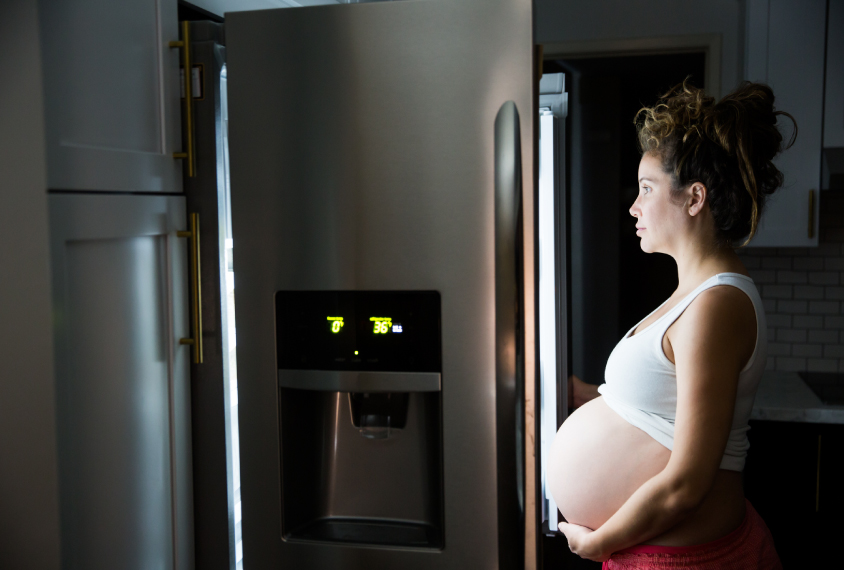According to a new study conducted by the Boston University School of Public Health (BUSHP), when compared to other weather conditions, the summer months increase the odds of miscarriage among women.
According to the BUSHP, up to 30% of pregnancies result in miscarriage, which is classified as pregnancy loss before 20 weeks. Half of all miscarriages are unexplained, and there are few identified risk factors for these pregnancy losses, which can result in PTSD, sadness, and anxiety. The study’s findings were published in the journal ‘Epidemiology.’
The study looked at seasonal changes in miscarriage risk and discovered that pregnant women in North America had a 44 percent greater chance of an early miscarriage (within eight weeks of pregnancy) in the summer months, especially late August, than they did six months earlier in February. In late August, the probability of miscarriage at any week of pregnancy was 31% higher than in late February.
Geographically, pregnant women in the South and Midwest, where summers are hotter, were more likely to have this loss in late August and early September, respectively.
Also Read: Did you know that adding more salt to your diet increases your chance of dying prematurely?
These findings indicate that more study is needed to determine the possible effects of intense heat and other hot-weather environmental or lifestyle exposures in unexpected pregnancy loss.
“Any time you detect seasonal variation in an outcome, it might offer you suggestions about the causes of that result,” explains Dr Amelia Wesselink, research assistant professor of epidemiology at BUSPH. “We discovered that miscarriage risk was highest in the summer, particularly risk of ‘early’ loss before eight weeks of gestation.
Now we need to delve deeper to see what sorts of exposures are more common in the summer and which of these exposures might explain the higher risk of miscarriage.”
Wesselink and colleagues assessed survey data on pregnancy loss among BUSPH-based Pregnancy Project Online (PRESTO) participants for the study, which has been running since 2013 and enrols women seeking to conceive and follows them from preconception to six months after delivery. All PRESTO participants supplied baseline information on sociodemographics, lifestyle, and medical histories, and the researchers focused on 6,104 individuals who became pregnant within a year after joining for this study. They supplied information on any type of pregnancy loss, the date of loss, and the weeks of gestation at the time of loss.
Miscarriage and Season Change
The findings help to address a knowledge gap on seasonal changes in miscarriage. Previous studies relied on clinical or fertility data, both of which are likely to overlook losses that occur early in pregnancy (and hence outside of the hospital) and among couples who are not having reproductive issues.
One theory is that the summer increase in miscarriage risk is caused by heat exposure. “Few studies have studied the relationship between heat and miscarriage risk, so this is obviously an issue that merits additional investigation,” Wesselink adds. However, the researchers contend that physicians, regulators, and climate experts may already take steps to reduce the hazards of heat exposure during pregnancy.
“We know that heat is connected with an increased risk of adverse pregnancy outcomes, namely preterm delivery, low birth weight, and stillbirth,” Wesselink adds. “Medical advice and public health messages, including heat action plans and climate adaptation programmes, must take into account the possible consequences of heat on the health of pregnant women and their newborns.”
Follow Medically Speaking on Twitter Instagram Facebook





